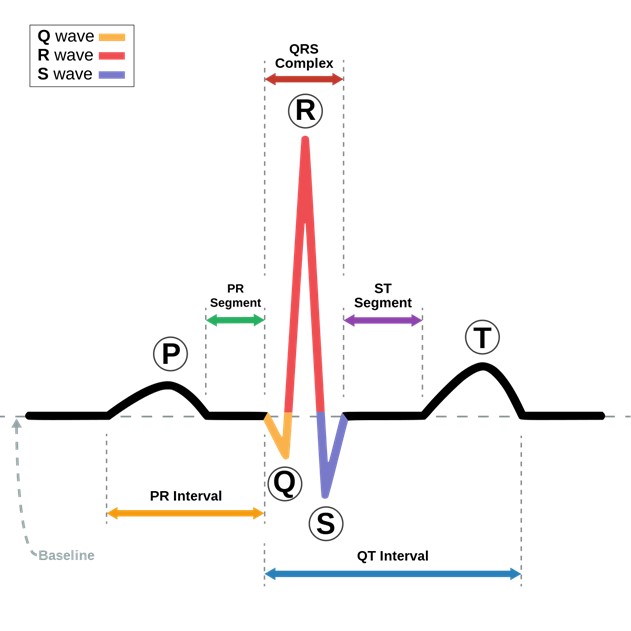What is the usual source of pulmonary emboli
Deep venous thrombosis
Endocarditis
Valvular heart disease
Left heart failure
The Correct Answer is A
A pulmonary embolism (PE) occurs when a blood clot, typically originating from the deep veins of the legs or pelvis, travels through the bloodstream and lodges in one of the pulmonary arteries in the lungs.
Deep venous thrombosis (DVT) is the most common source of pulmonary emboli. DVT occurs when a blood clot forms in the deep veins of the legs, pelvis, or arms, and can develop due to prolonged immobility, surgery, trauma, cancer, pregnancy, hormone therapy, or genetic factors.
Endocarditis, valvular heart disease, and left heart failure are not typical sources of pulmonary emboli. Endocarditis is an infection of the heart valves and lining, which can lead to valve damage and heart failure, but does not usually cause blood clots. Valvular heart disease, which includes conditions such as aortic stenosis and mitral regurgitation, can cause blood flow disturbances and increase the risk of thrombosis, but does not directly cause blood clots. Left heart failure, which occurs when the left ventricle of the heart is unable to pump effectively, can cause fluid buildup in the lungs, but does not typically cause blood clots to form.
Nursing Test Bank
Naxlex Comprehensive Predictor Exams
Related Questions
Correct Answer is B
Explanation
The correct answer is B. Systolic pressure less than 120 mmHg and diastolic pressure less than 80 mmHg is considered normal blood pressure in adults according to current guidelines. A systolic pressure between 140-150 mmHg (option A) would be classified as stage 1 hypertension, while a systolic pressure greater than 140 mmHg and diastolic pressure of 100 mmHg (option D) would be classified as stage 2 hypertension. A systolic pressure less than 100 mmHg regardless of diastolic pressure (option C) would be considered low blood pressure.
Correct Answer is {"dropdown-group-1":"B"}
Explanation

PR interval: the time it takes for the electrical impulse to travel from the sinoatrial (SA) node to the atrioventricular (AV) node
QT interval: the time it takes for ventricular depolarization and repolarization to occur
ST segment: the period between ventricular depolarization and repolarization, representing the plateau phase of the ventricular action potential.
Whether you are a student looking to ace your exams or a practicing nurse seeking to enhance your expertise , our nursing education contents will empower you with the confidence and competence to make a difference in the lives of patients and become a respected leader in the healthcare field.
Visit Naxlex, invest in your future and unlock endless possibilities with our unparalleled nursing education contents today
Report Wrong Answer on the Current Question
Do you disagree with the answer? If yes, what is your expected answer? Explain.
Kindly be descriptive with the issue you are facing.
